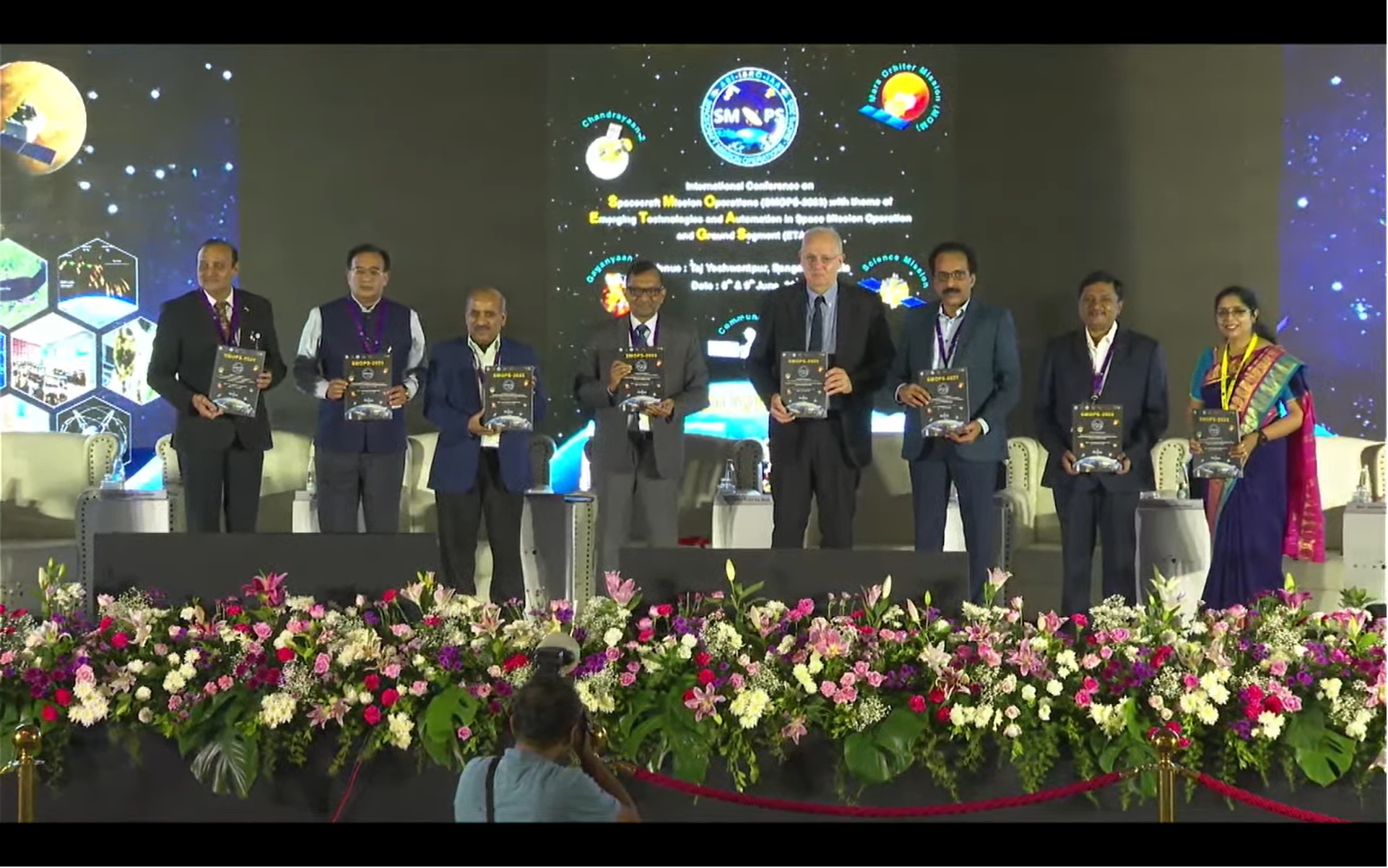Bengaluru, NFAPost: Indian Space Research Organisation (ISRO) Chairman S Somanath announced that India’s first manned mission Gaganyaan project will not be rushed in order to prioritise the safety of the mission.
Speaking at the international conference on Spacecraft Mission Operations (SMOPS-2023), ISRO Chairman S Somanath explained that due to the COVID-19 pandemic, there had been a significant delay in the project, which was originally scheduled to launch in 2022.
“ISRO has now adopted a new approach, aiming for a successful mission on its first attempt. To ensure the safety of the crew, the agency has increased testing and demonstration missions, including additional abort missions. The first abort mission is expected to take place in August, a month later than originally planned. This will be followed by another abort mission and an unmanned mission in early 2024,” said ISRO) Chairman S Somanath.
The ISRO Chairman also emphasized that all engine test programs have been completed within ISRO, and regular major tests are being conducted. If all goes well, the Gaganyaan launch is anticipated to occur between 2024 and 2025. However, the chairman acknowledged that challenges and unforeseen issues could impact the schedule.
Regarding other space missions, Somanath stated that the launch window for India’s first solar mission, Aditya-L1, is from August to January. If the August launch is not feasible, it will be rescheduled for January of the following year. As for Chandrayaan-3, ISRO’s third moon mission, it is scheduled to be launched in mid-July, following a similar process to Chandrayaan-2. Somanath assured that the landing flight will remain unchanged.
He also emphasized that ISRO’s endeavors are 100% indigenous, with no reliance on external sources for the Chandrayaan-3 mission. While certain components like electronic chips and processors may be purchased, the lander for Chandrayaan-3 is entirely developed in-house.
The two day International Conference on Spacecraft Mission Operations (SMOPS-2023) began on Thursday and is organised by the ISRO in collaboration with the Italian Space Agency (ASI) and the International Academy of Astronautics (IAA), along with industry partners.
The primary objective of the conference was to facilitate discussions among space agencies, start-ups, industry professionals, and academia regarding emerging technologies and automation in space mission operations and ground segments.
During the conference, a wide range of topics were covered, including space mission operations management, advanced space mission design, automation, management of large constellations, and current and future trends in ground station operations. Distinguished speakers from various space agencies and offices such as ISRO, IN-SPACe, ESA, CNES, NASA, DLR, and ROSCOSMOS presented their insights on these subjects.
Other important topics addressed at the conference included human spaceflight mission operation management, challenges in flight dynamics operation, space situational awareness, simulation and modelling, the application of artificial intelligence in space, and satellite data handling, processing, and applications.
The primary objective of the conference was to establish connections and foster collaboration between space agencies, start-ups, industry professionals, and academia. The event aimed to bring together leaders in the field to exchange ideas on existing technologies and the challenges they pose, while also providing a glimpse into state-of-the-art technologies being developed globally to enhance the security and reliability of space mission operations.
The conference encompassed a broad scope of topics related to mission operations management, advanced mission design, automation, management of large constellations, and current and future trends in ground station operations. It also explored futuristic techniques in both upstream and downstream segments of the space industry.
The conference served as a platform to promote synergy between start-ups, academia, industry professionals, and space agencies, fostering collaboration and providing opportunities for users to interact with service providers. It offered a valuable forum for stakeholders to share their expertise and contribute to the advancement of space mission operations.





